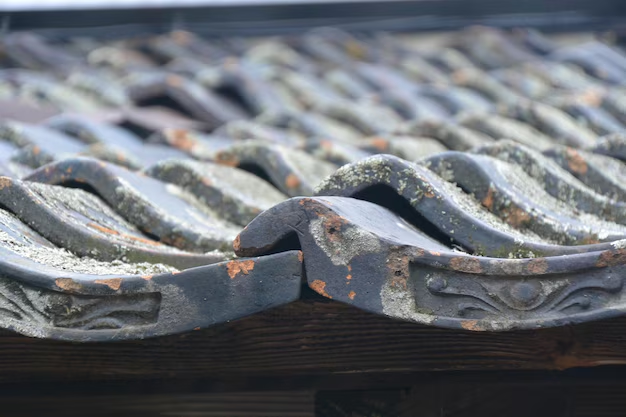Discover the Longevity of Tile Roofs and Optimize Your Home Investment
In the realm of home durability, tile roofs stand out as a symbol of longevity and timeless charm. But how long does a tile roof last? This question is crucial for homeowners considering a balance between initial investment and long-term performance. Typically, a well-maintained tile roof can last between 50 to 100 years, depending on several factors, such as the type of tile used, environmental conditions, and maintenance practices.
Understanding Tile Options and Their Lifespan
1. Concrete Tiles
Concrete tiles, known for their robustness and variety, usually have a lifespan of around 50 to 70 years. They are resistant to fire and can withstand harsh weather conditions, making them an excellent choice for many homeowners.
2. Clay Tiles
Renowned for their natural aesthetics and durability, clay tiles can last up to 100 years or more. These tiles are particularly popular in warmer climates due to their natural insulating properties and resistance to rot.
3. Slate Tiles
Slate, although heavier and more expensive, can comfortably last over 100 years. This natural stone option provides unmatched elegance and strength, making it a lifetime investment for your home.
Factors Influencing the Longevity of Tile Roofs
- Quality of Installation: The expertise applied during installation directly impacts how long your tile roof will last. It's crucial to hire skilled professionals to ensure proper fitting and underlayment integrity.
- Regular Maintenance: Routine inspections and timely repairs can prevent minor issues from escalating. Keeping tiles clean and free from debris helps maintain their condition.
- Climate Conditions: Although tiles are largely weather-resistant, extreme climates can affect their durability. For instance, freeze-thaw cycles might challenge clay tiles in colder regions unless they're specifically rated for such environments.
Financial Considerations and Value
Investing in a tile roof is a significant financial decision, but one that potentially pays off through decades of use and minimal maintenance requirements. For those concerned about the initial cost, considering financial assistance and aid programs might be beneficial. Government initiatives and specific home improvement loans can alleviate upfront expenses, allowing you to choose a roofing option that suits your long-term needs.
Financial Assistance and Resources
Here’s a handy list of resources that might be helpful if you’re considering a tile roof but are overwhelmed by the costs:
- 🏠 Home Improvement Loans: Many financial institutions offer loans specifically designed for home renovations, with friendly repayment plans.
- 📰 Federal and State Grants: Research available grants targeting energy-efficient and sustainable home improvements.
- 🔨 Weatherization Assistance Programs: These can help reduce the cost of making your home more energy-efficient and are particularly useful when installing new roofs.
- 💸 Tax Credits for Energy Efficiency: Depending on your location and the type of tile used, you may qualify for tax credits that make a tile roof financially viable.
Reflecting on these options will not only prepare you for a successful tile roof investment but also optimize financial management by leveraging available resources. Embrace the longevity and aesthetic appeal of tile roofs, knowing you have the tools and support to make it a worthwhile choice for your home.
